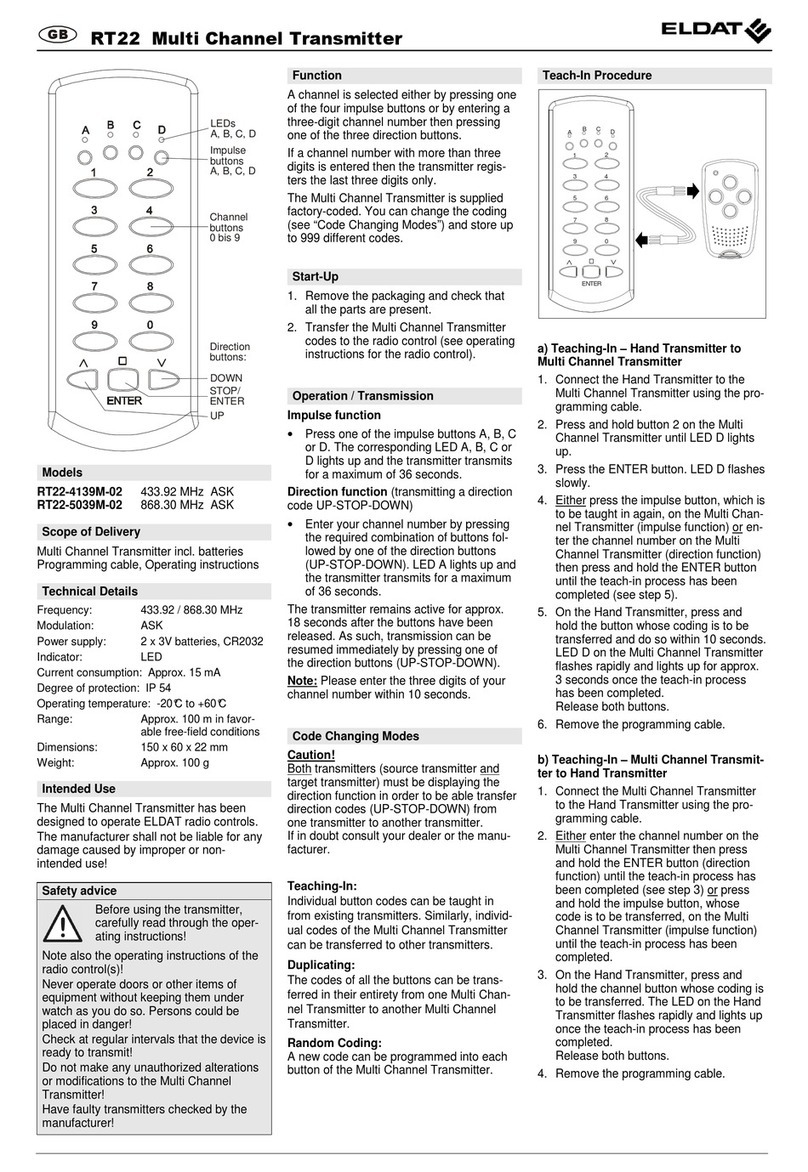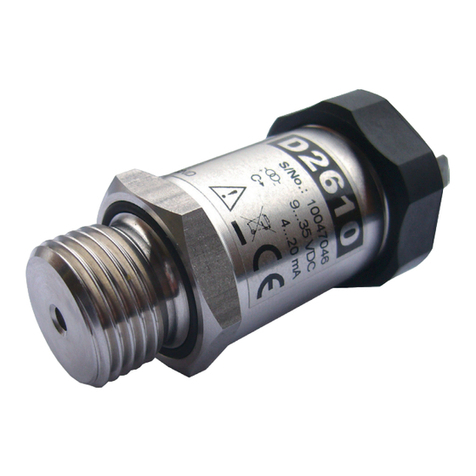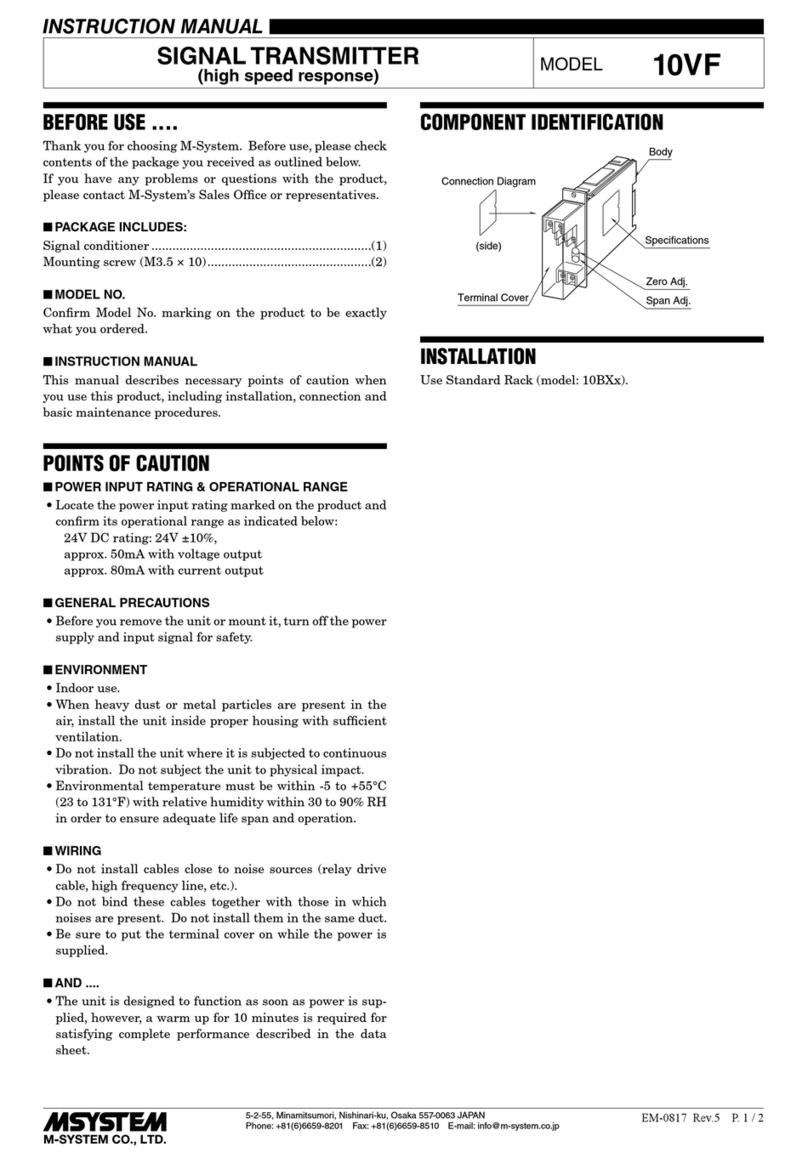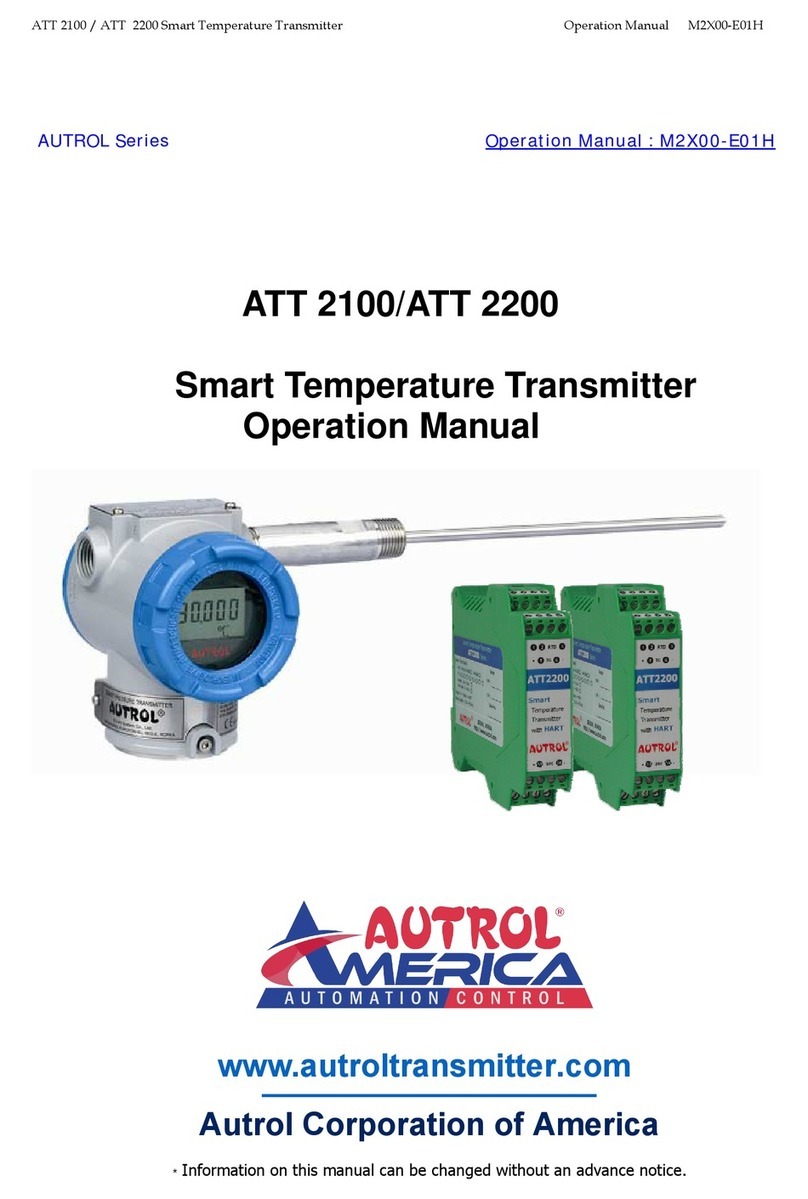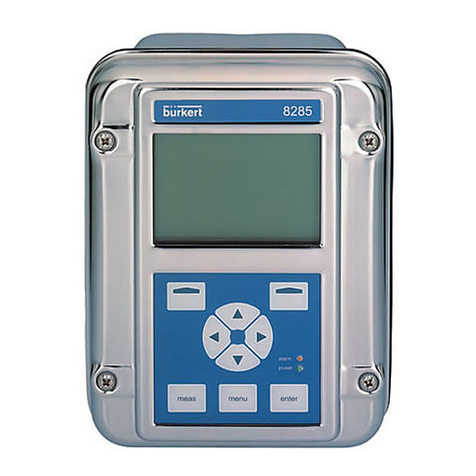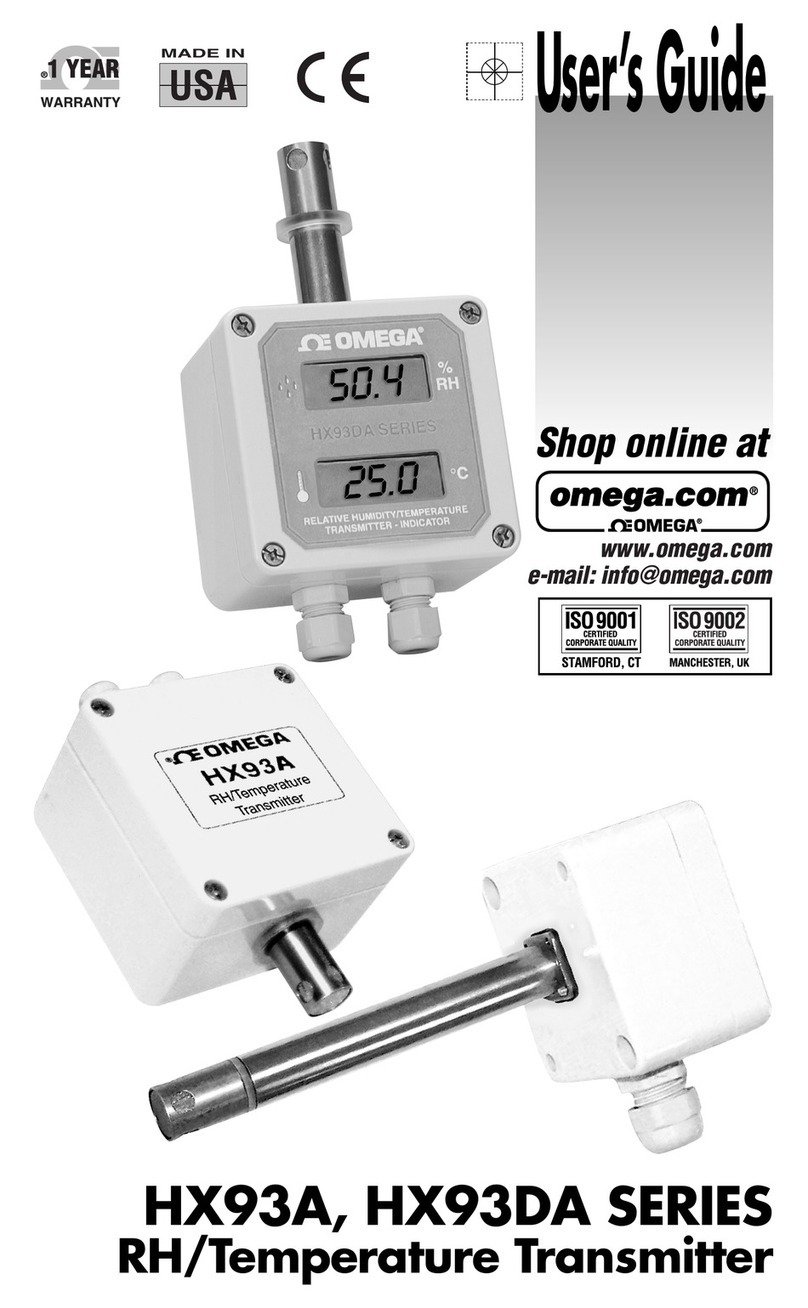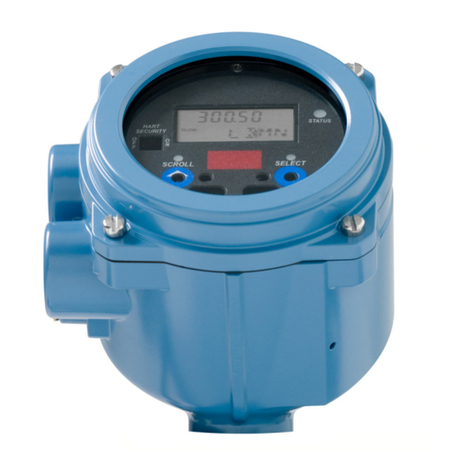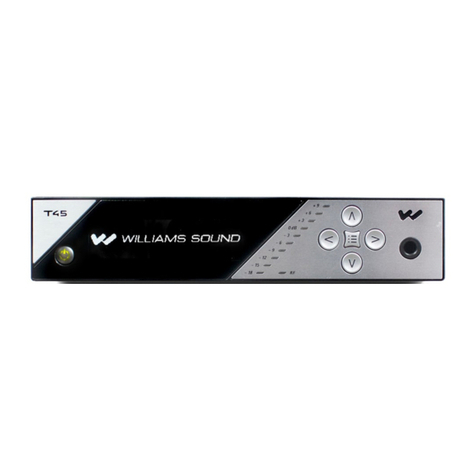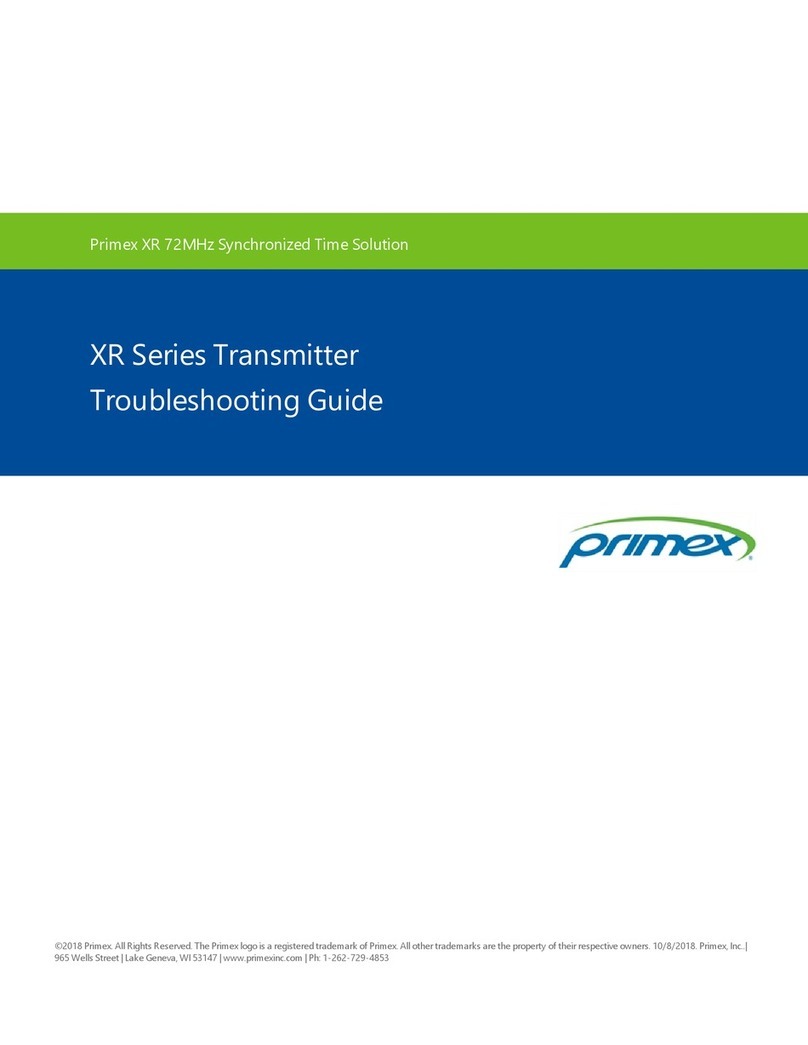oticon Amigo T20 User manual

INSTRUCTIONS FOR USE
AmigoT20/T21

2 3
Important notice
Please familiarise yourself with the entire contents of this
booklet before using your Amigo T20/T21. The booklet
contains various statements, safety instructions and important
information about the use and handling of the Amigo T20/T21
Content
Introduction 5
Typical package content 6
Overview of the T20/T21 7
Preparing your Amigo system 8
Inserting the battery 8
Charging the battery 9
Selecting language and country 11
The Amigo receivers 12
Changing the pin orientation 13
Attaching universal Amigo to a hearing instrument 14
Using Amigo with the Sumo R7 receiver 15
Choosing and changing channels 16
Synchronising Amigo receivers 17
Synchronising other manufacturers’ receivers 19
About channels 20
Using the TT-function (T21 only) 21

4 5
Connecting external audio sources (TV, MP3, etc.) 23
T20 and T21 special functions 24
LED/Display legend 27
Microphone options 28
Cleaning the T20/T21 29
Appendix A: Troubleshooting 30
Appendix B: Manufacturers’ warranty 32
Introduction
Congratulations on your decision to take the next step in improving classroom FM.
With the Amigo T20 and T21, you will experience all the benefits that comes with a
product family that is designed to meet the needs that arises through everyday use.
The Amigo product is extremely versatile, making life much easier for users in school
settings. The transmitters and receivers can be used with virtually all Behind-the-Ear
hearing instruments, as well as cochlear implants.

6 7
Typical package content
SYNC acts as the “ENTER” button
“C” acts as the “CLEAR/EXIT” button.
T20/T21 Charger
Earphones
IFU
LED status indicator
ON/OFF/Mute
2.5 mm microphone jack
High resolution LCD display
Team teaching (T21 only)
Clear entered values
Synchronise receiver/enter
3.5 auxiliary audio input jack
“MiniB” USB charge jack
Overview of theT20/T21
Aux cables
AA battery
Omni microphone

8 9
Preparing yourAmigo system
Inserting battery
Remove the battery lid on the back of the transmitter and insert the rechargeable battery
- remember to position the battery according to the markings (+/ -) on the label.
Then replace the battery lid. The T20/T21 can then be used to charge the battery that
came in the package.
Note: The positive and negative ends of the battery may appear similar, so do double-
check that the battery is positioned correctly.
Charging the battery
To charge the battery, plug in the charger as
shown in the picture.
The Amigo T20/T21 uses one AA rechargeable
NiMH battery, which must be charged for 14
hours before being used for the first time.
The T20/T21 offers failsafe charging, which
prevents alkaline batteries being charged.
Charging Error
Check
Battery!
The display on the T20/T21
will indicate when
the unit is charging. Also, the
LED will turn on and shine
green.
Note: With a typical user pattern it is recommended to replace rechargeable batteries
once every year, because the battery capacity decreases each time it is charged.
Battery charging

10 11
Select language and country (first time only)
Turn the transmitter on by pressing and holding the On/Off button for two seconds.
Press ▲or ▼to select language, and confirm by pressing the SYNC button.
To select your country, use the ▲or ▼buttons, and confirm by pressing the SYNC
button.
Select Language
English
Francais
Deutsch
•
•
•
Select Country
United States
Canada
Mexico
•
•
•
If you do not have time to charge the battery that came with the T20/T21, you can
replace the battery with any of the following:
• Special “silver-banded” rechargeable batteries
(Only available through your hearing care professional, these are the only batteries
that can be recharged inside the transmitter.)
• Standard, rechargeable NiMH batteries
These cannot be recharged inside the transmitter, but must be charged in a separate
charger.
• Standard, non-rechargeable alkaline batteries
Can be used in an emergency, i.e. if you don’t have time to charge your rechargeable
batteries. Alkaline batteries cannot be recharged.
Note: Always dispose of old batteries in approved battery disposal bins.
For more information please consult your Hearing Care Professional. Note: Selecting a country will also select a predefined channel list, which contains all
of the channels approved for use in that country.
Warning: Only use channels legal in your country

12 13
LED status indicator
3-position mode switch
Channel seek/toggle (R2 and R7 only)
Note: Since Amigo receivers draw their power from the hearing instrument battery,
there is no reason to try to open the receiver casing. Never attempt to do this.
Changing the pin orientation
If the pins on the Amigo receiver do not match the holes on the audio shoe, they can be
rotated in steps of 90°.
Simply pull the tab on both sides of the receiver back simultaneously, move the pins
and push the tab back in.
Amigo receivers can be positioned with the LED facing to the front or the back.
Note: To ensure optimal antenna performance, the Amigo receivers must be positioned
with the LED facing either to the front or to the back.
TheAmigo Receivers
Europin connector
Europin rotation lock

14 15
Attaching universalAmigo receivers to
a hearing instrument
Amigo R1 and R2 receivers are attached to the
hearing instrument via an audio shoe.
First attach the receiver to the audio shoe. Then
attach the audio shoe to the hearing instrument.
SUMO DM with the dedicated,
Amigo R7 receiver.
UsingAmigo with the Sumo receiver
• Sumo detects the receiver and disables
the telecoil if the receiver is on
• Operate the receiver from the
hearing instrument
2 = FM only
1 = FM+Hearing instrument
M = Hearing instrument only
The use of the telecoil with the receiver attached requires that the receiver is set to the
off position.
Note: To obtain information about connecting your Amigo to Cochlear Implants, please
consult your Hearing Care Professional.

16 17
Choosing and changing channels
To change the transmitting channel on the Amigo transmitter, press and hold either the
▲button or the ▼button for two seconds to select one of the predefined lists of
channels.
When the channel number begins to blink, press ▲
or ▼to change channel. Press the SYNC button to
confirm the choice of channel. The transmitter will
then be locked on to the new channel.
When the channel number is blinking you can return
to the original channel by pressing the C-button. This
will also return you to the main menu.
Whenever you need to change channel, simply repeat
the procedure.
SynchronisingAmigo receivers
Connect the receiver to a hearing instrument, and turn it on. Check that the receiver
switch is set to the correct mode, i.e. FM only or FM+HA mode.
Off FM-only FM+HA
Within a distance of approximately 50 cm, press the SYNC button. The LED on the
transmitter will then blink three times, and the SYNC logo will appear on the screen.
If the synchronisation is successful, the receiver will also blink three times.
Note: The switch on the receivers can be disabled, so use the T20/T21 or the WRP to
check the status. In its default setting, the receiver switch is enabled.

18 19
When the receiver’s LED is on, it confirms that:
• The hearing instrument battery is ok
• The receiver is on
• The transmitter and receiver are working in perfect harmony
• The child is on the right channel
Synchronising other manufacturers’ receivers
The T20/T21 are compatible with most other manufacturers’ receivers. However, Amigo
receivers can only be synchronised wirelessly by Amigo transmitters.
To ascertain whether an FM signal is present you must ensure that both the transmitter
and the receiver are on the same channel.
Find out which channel the receiver is operating on, and change the channel on the
T20/T21 by pressing either the ▲or the ▼button. The system should then be working.

906 68 410 00 / 07.06 Printed in Denmark
Warnings
Amigo parts can be dangerous if swallowed:
• The Amigo system is not a toy and therefore should be kept out of the reach of
children and anyone else who might swallow parts or otherwise cause injury to
themselves. Special attention should be paid to the smaller components in order to
prevent children from swallowing them and choking.
• Never change the battery and never connect the receiver to the hearing instrument in
front of infants, small children or persons with learning difficulties.
If a part is swallowed, see a doctor immediately.

Risk of harm caused by unintentional noise that may
muffle important signals
System dysfunctions:
The Amigo system will cease to function if the batteries have run out. The system may
also produce a high whistling noise (feedback) if the battery is low, or if it is subjected
to loud sound while the microphone is off but the receiver is still on. Users should be
aware that these sounds should not be confused with warning sounds – e.g. car horns in
traffic.
Use in aircrafts:
• Amigo should not be used on aircrafts without the permission of the flight crew.
Please note that Amigo can cause interference with other medical devices. Such
interference can also be caused by radio signals, power line disturbances, airport
metal detectors, electromagnetic fields from other medical devices and electrostatic
discharges.
Battery use:
• Always use NiMH rechargeable batteries or alkaline batteries.
• Always use batteries recommended by your Hearing Care Professional.
• Never attempt to recharge non-rechargeable batteries.
• Never dispose of batteries by burning them. There is a risk they will explode and
cause serious injury.
Safety requirements regarding Direct Audio Input (DAI)
• The safety of the use of Amigo with DAI (Direct Audio Input) is determined by the
external signal source. When the DAI is connected to mains-operated equipment, this
equipment must comply with IEC-60065, IEC-60601 or equivalent safety standards.


18 19
When the receiver’s LED is on, it confirms that:
• The hearing instrument battery is ok
• The receiver is on
• The transmitter and receiver are working in perfect harmony
• The child is on the right channel
Synchronising other manufacturers’ receivers
The T20/T21 are compatible with most other manufacturers’ receivers. However, Amigo
receivers can only be synchronised wirelessly by Amigo transmitters.
To ascertain whether an FM signal is present you must ensure that both the transmitter
and the receiver are on the same channel.
Find out which channel the receiver is operating on, and change the channel on the
T20/T21 by pressing either the ▲or the ▼button. The system should then be working.

20 21
About channels
Your Amigo system is a radio device, and like any other radio, it communicates on
specific channels. Your transmitter and receiver must be on the same channel to
work together.
Within a close proximity, never operate two transmitters on the same channel – you
will experience interference.
If you are travelling internationally, be aware that your channel may not be approved
for use in all countries. If you wish to use your T20/T21 in a different country, you must
contact your Hearing Care Professional that can help you to change the country set-up.
Some electronic devices (microwave ovens, computers, and flourescent lights,
for example) can interfere with your Amigo signal.
Using theTT-function (T21 only)
Enable the TT-function on the T21 by pressing the
T
button.
The screen will then show the primary channel being used
for FM transmission, as well as the TT channel.
To change channels, press and hold the ▲or ▼button. The primary channel will then
blink.
N12
TT channel
Primary
channel
12 24
N64
T

22 23
To change this channel press ▲or ▼. To change the team teaching channel press
followed by either ▲or ▼to move up or down the channel list. To go back to the
primary channel press . Save the channel settings by pressing the SYNC button.
The T21 will not allow you to select the same channel as the primary
and TT-channels:
The T21 will also issue an interference warning if the two channels
are incompatible.
Connecting external audio sources (TV,MP3 etc.)
Connect the audio cable to the T20/T21 (see picture). Then connect it to the external
audio source, e.g.:
• Computer/Television
• CD/DVD/MP3 player
The T20/T21 can be used for narrating aux
sessions (TV, Video etc.) Connect the T20 to
the external audio source and turn it on. On
the T21 press the TT button and set the pri-
mary and TT channel. The TT channel must
be the same as on the T20. Now the teacher
can narrate the session on the T21.
Primary and TT
Channels
Cannot Match!
Primary and TT
Channels
will Interfere!

24 25
Feature How to
Mute the transmitter One quick press on the On/Off button
mutes the transmitter.
Change channel Press and hold ▲or ▼. The channel will
then blink. You can change it by pressing ▲
or ▼. Press the SYNC button to save.
Synchronise Amigo receivers Within a distance of approx. 50 cm, Amigo
receivers can be synchronised by pressing
the SYNC button.
T20 andT21 special functions Feature How to
One-touch Team Teaching (T21 only) Press the TT button. This will provide
access to the primary and team teaching
channels. The primary channel can be
changed by pressing ▲or ▼. To change the
team teaching channel, press and then
either ▲or ▼to go up or down the channel
list. Save the channel settings by pressing
the SYNC button.
Lock the keypad To lock the keypad, press for three
seconds. To unlock the keypad, press
again for three seconds.
Monitor a single channel You can use earphones to hear what
the child is hearing. First unplug the
microphone and then insert the earphone’s
jack into the aux input.

26 27
Feature How to
Flip display 180° Press the “C” button and the ▲button. You
can reverse the rotation by pressing both
buttons again.
Automatic mute The T20/T21 constantly scans for the
presence of speech. If the teacher is silent,
it automatically mutes the microphone
signal, to protect the child from irrelevant,
incidental noise.
LED / Display legend
The LED on the T20/T21 indicates the following:
LED: Display Meaning:
Steady red On and transmitting
Blinking red Muted
Flashing red burst Synchronising
Steady green Charging
Blinking green Low battery
Off Off or error
Muted!
Charging Error
Check
Battery!

28 29
Microphone options
Plug-in the microphone in the top of the
T20/T21 and attach the microphone either
to your clothes or to the lavaliere cord. This
allows you to wear the microphone around
your neck.
Three other microphones are available:
• Lavaliere microphone (See picture on the left).
• Clip-on directional microphone (same as the omni micro
phone).
• Boom microphone. The earhook can easily be attached
around one ear, and the microphone placed close to the mouth.
Note: Since the microphone also acts as the antenna, users must
keep it attached and in an upright position.
Cleaning of theT20/T21
The T20/T21 is moisture repellent, making it very easy to clean with a damp cloth.
Oticon recommends cleaning on a regular basis.

30 31
AppendixA: Troubleshooting
Problem Solution
The battery will not charge Check that it is positioned correctly. Make
sure that it is the “silver-sleeved” recharge-
able type of battery, as this is the only type
the T20/T21 will charge (for safety reasons).
No sound / no FM reception Check that the hearing instrument battery is
working, and that it is on.
Check that the receiver is on and correctly
connected.
Check that the transmitter is on.
Press the SYNC button again.
The receivers cannot be synchronised Synchronisation takes place wirelessly, so
if the receiver fails to confirm (with three
blinks of the LED), try to move the transmit-
ter closer, further away or a little bit to one
side. Then press the SYNC button again.
Problem Solution
Interference If interference is encountered on a channel,
change to another channel. Press ▲or ▼ to
change channel.
For assistance with troubleshooting or answers to other questions please consult your
Hearing Care Professional.
This manual suits for next models
1
Table of contents
Other oticon Transmitter manuals
Popular Transmitter manuals by other brands

Nautel
Nautel NX15 troubleshooting manual
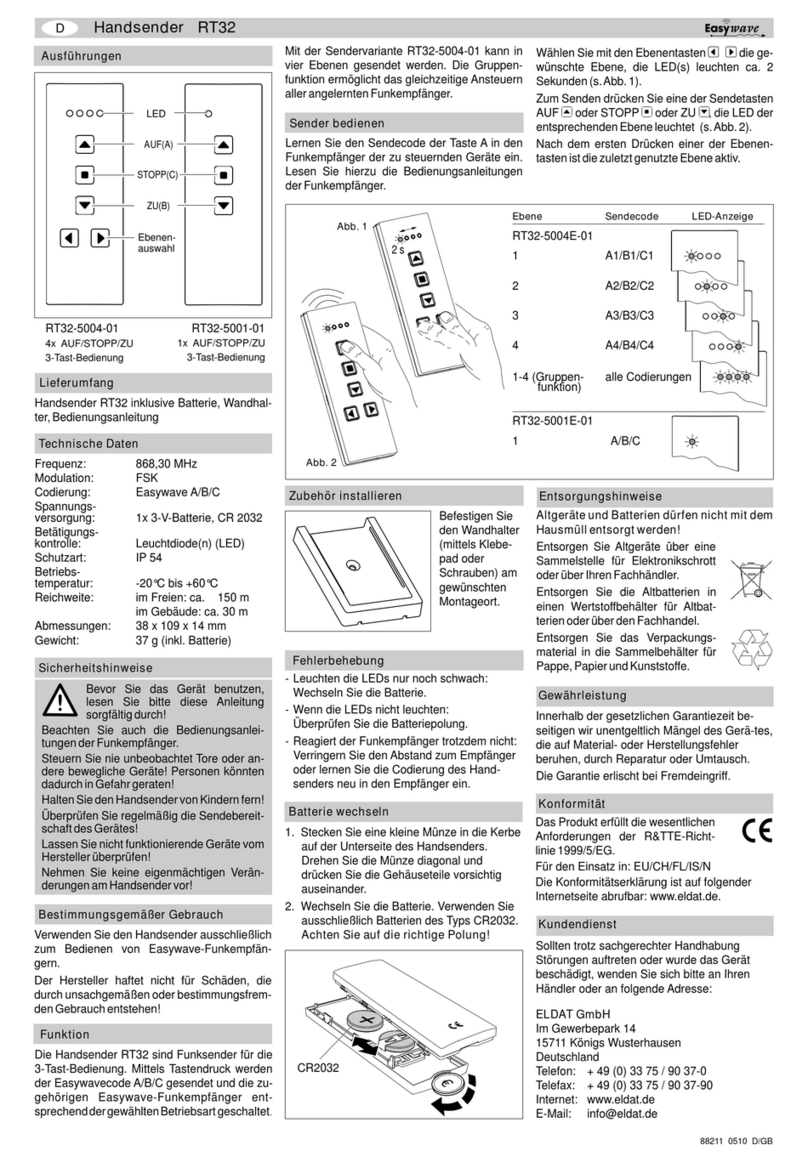
FAAC
FAAC RT32-5004-01 Operating instruction

E+E Elektronik
E+E Elektronik EE870 manual
EMERGENCY BEACON CORPORATION
EMERGENCY BEACON CORPORATION EBC-406HM Instruction and maintenance manual
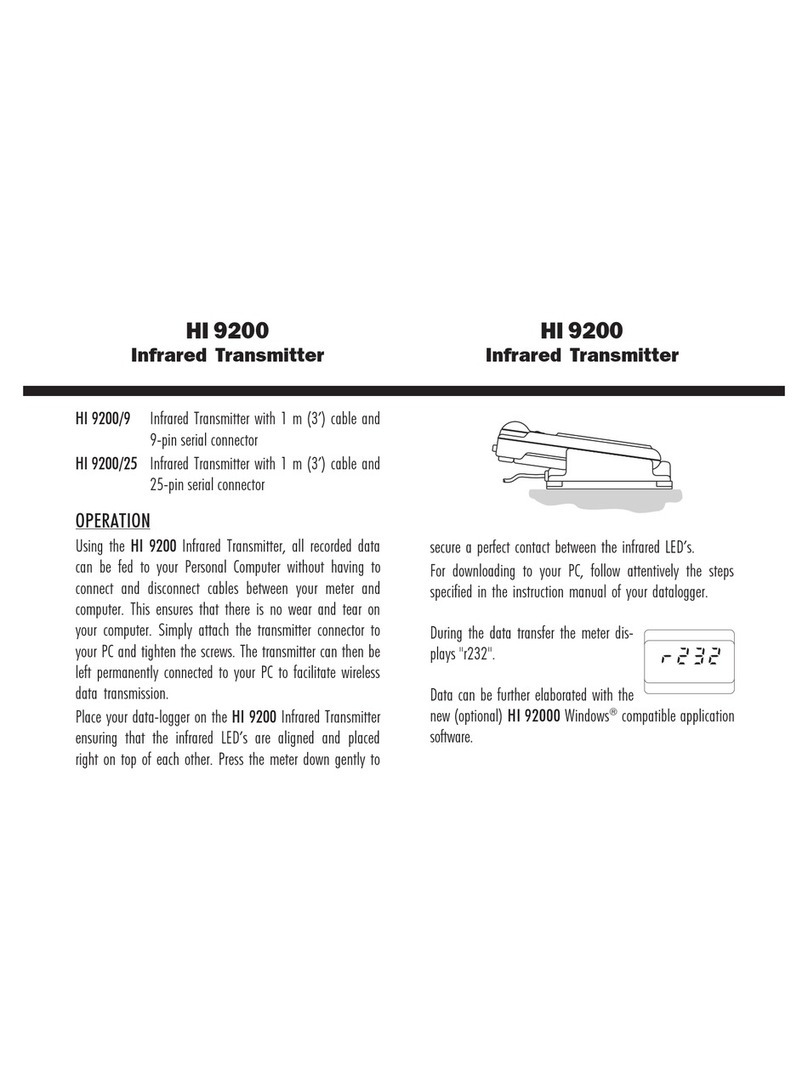
Hanna Instruments
Hanna Instruments HI 9200/9 instruction manual
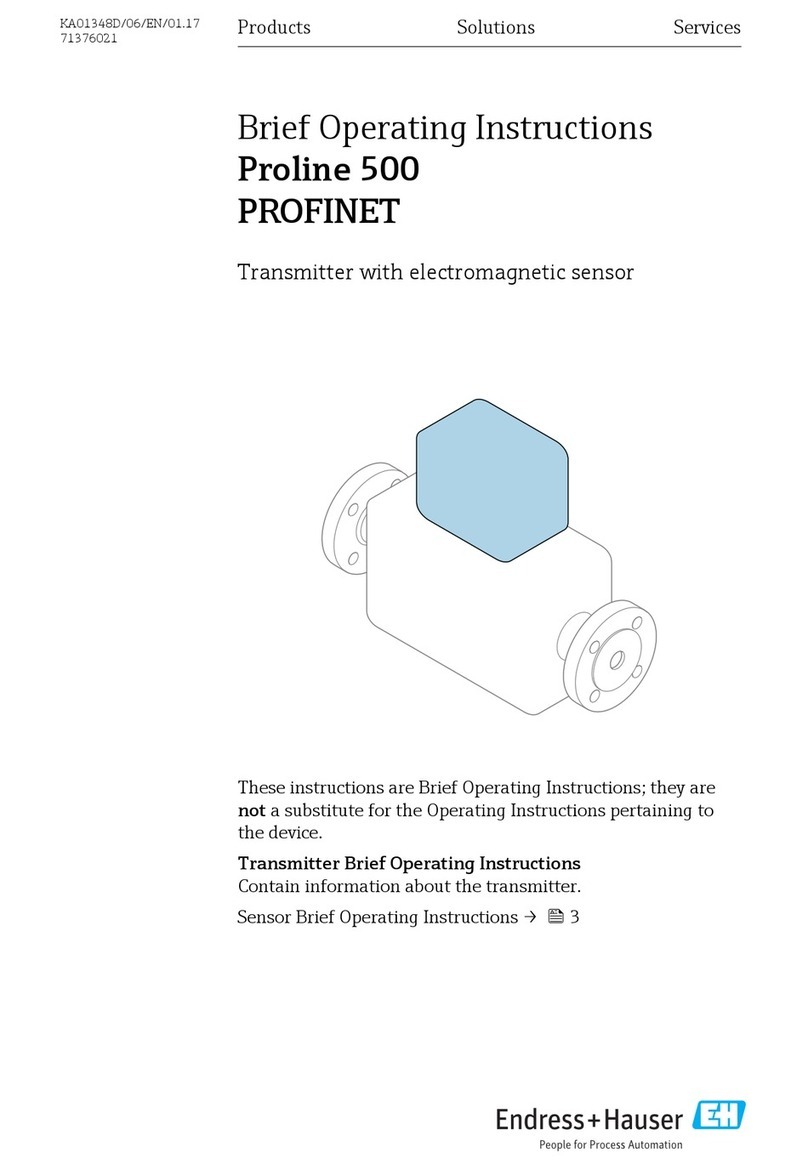
Endress+Hauser
Endress+Hauser Proline 500 PROFINET Brief operating instructions
